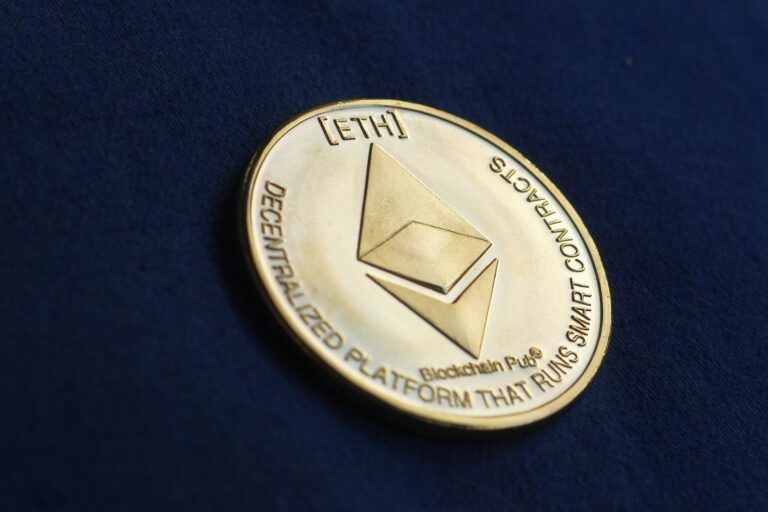Last week, digital payments giant PayPal Holdings, Inc. unveiled its U.S. dollar-pegged stablecoin, PayPal USD (PYUSD), marking a strategic pivot into the Web3 and digital payment sectors.
A blend of U.S. dollar deposits and short-term U.S. Treasuries anchors PYUSD. Paxos Trust Company, the entity issuing the stablecoin, guarantees its 1:1 parity with the U.S. dollar. This move by PayPal is seen as a response to the growing prominence of stablecoins in the digital finance arena.
Following the announcement, PayPal intends to launch a range of features for its U.S. users. These will allow PYUSD holders to transfer their stablecoins to and from PayPal and other compatible wallets, conduct peer-to-peer transactions, use PYUSD at checkouts, and easily switch between PYUSD and other cryptocurrencies supported by PayPal.
PayPal’s President and CEO, Dan Schulman, highlighted the emerging demand for a reliable digital currency that can integrate with traditional currencies like the U.S. dollar. He expressed confidence in PayPal’s role in shaping the future of digital payments, emphasizing its dedication to innovation within regulatory frameworks.
PayPal USD is designed to enhance virtual transactions, streamline value transfers, and support the digital endeavors of major global entities. As an ERC-20 token on the Ethereum platform, PYUSD is expected to open doors for a vast community of developers, wallets, and web3 applications.
Jamie Coutts, Crypto Market Analyst, Bloomberg Intelligence (Bloomberg’s research arm on the Bloomberg Terminal) recently highlighted the potential impact of PayPal’s new stablecoin on the Ethereum network. Coutts believes that the implications of PayPal’s stablecoin launch have not yet been fully factored into the market.
Coutts emphasized the sheer size of PayPal’s user base in comparison to Ethereum’s. With PayPal boasting 435 million active accounts and Ethereum’s Layer 1 and Layer 2 combined having only 1 million active addresses, even a minor shift of PayPal users to PYUSD could create a substantial ripple effect on Ethereum.
To put it into perspective, if merely 1% of PayPal’s users, which equates to 4.35 million, decide to convert their dollar balances to PYUSD and start using it, the impact on the Ethereum ecosystem, as well as its native asset, ETH, would be considerable.
Coutts also delved deeper into Ethereum’s current market dynamics. He pointed out that Ethereum might be undervalued when one considers the significant growth in its fee revenue against its relatively modest price appreciation. Specifically, Ethereum’s fees have surged by 176% in 2023, while its price has only increased by 53%. Coutts drew parallels to 2020 when a similar divergence was observed, with fee growth outpacing price, which eventually led to a bull market.
He further commented on Ethereum’s resilience and performance, noting that the platform has exceeded expectations, especially considering the potential erosion of fee income due to the expansion of Layer 2 solutions. Coutts believes that Ethereum’s competitive advantage is becoming more pronounced and its position in the market is strengthening.
However, not everyone agrees with Coutts’ assessment. One of those people who believes that the PayPal announcement is already priced in is James (pseudonym Checkmate) Check, the lead on-chain analyst at Glassnode:
Featured Image Credit: Photo / illustration by AgelessFinance via Pixabay









